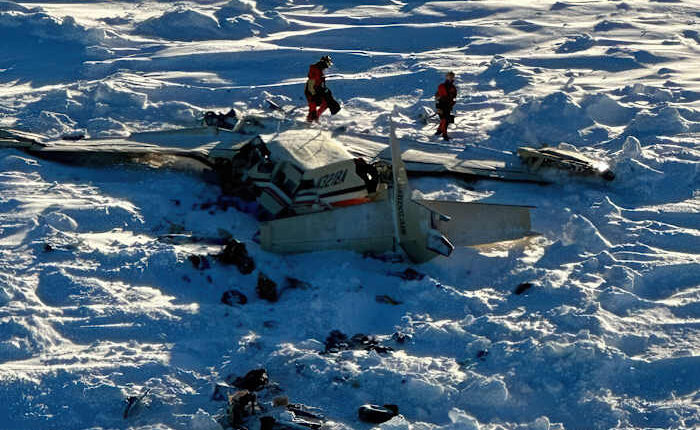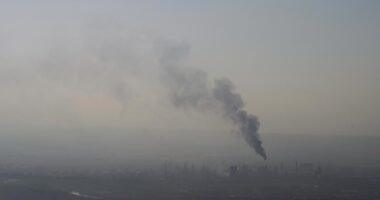
Authorities in Alaska are currently working on recovering the wreckage of a plane crash that tragically claimed the lives of 10 individuals. This incident occurred in western Alaska, specifically in the icy Bering Sea. The focus now shifts to determining the cause of the crash involving the small commuter aircraft.
The aircraft in question, a single-engine turboprop plane operated by Bering Air, was en route from Unalakleet to Nome, a central community in the region. The plane went missing on a Thursday afternoon, prompting an extensive search operation that led to its discovery the following day. Tragically, all nine passengers on board, as well as the pilot, lost their lives in the crash.
Crews on Saturday were racing to recover the wreckage and the remains of those killed in the crash before expected high winds and snow.
Here are things to know about the plane crash, which is one of the deadliest plane crashes in the state in 25 years.
The plane was reported missing near Nome
According to officials, communication with the Cessna Caravan was abruptly lost less than an hour after its departure from Unalakleet. The flight, which was part of a routine commuter service, went off the radar approximately 30 miles southeast of Nome. Investigative efforts are now underway to piece together the events that culminated in this devastating incident.
The wreckage was found Friday by rescuers who were searching by helicopter. Local, state and federal agencies scoured large stretches of icy waters and miles of frozen tundra before finding the plane.
A Black Hawk helicopter will be used to move the aircraft once the bodies are removed, officials said.
Unalakleet is a community of about 690 people about 150 miles (about 240 kilometers) southeast of Nome and 395 miles (about 640 kilometers) northwest of Anchorage. The village is on the Iditarod trail, route of the world’s most famous sled dog race.
Nome is just south of the Arctic Circle and is known as the ending point of the 1,000-mile (1,610-kilometer) Iditarod.
The cause of the crash is under investigation
The National Transportation Safety Board is sending people from various states to investigate the crash.
Radar data provided by the U.S. Civil Air Patrol indicated the plane rapidly lost elevation and speed, but it’s not clear why that happened, according to the U.S. Coast Guard.
Coast Guard Lt. Cmdr. Benjamin McIntyre-Coble said he was unaware of any distress signals from the aircraft. If a plane is exposed to seawater, an emergency locating transmitter sends a signal to a satellite, which then relays that message to the Coast Guard. No such messages were received by the Coast Guard.
Flying is an important mode of transportation in the largest U.S. state
Alaska’s vast landscape and limited infrastructure makes traveling by plane a common thing. Most communities are not connected to the developed road system that serves the state’s most populous region.
Some high school teams fly to sporting events against rival high schools, and goods are brought to many communities by barge or by air.
Who was on the plane?
Authorities said all 10 people on board the plane were adults.
Among those killed were Rhone Baumgartner and Kameron Hartvigson. They had traveled to Unalakleet to service a heat recovery system vital to the community’s water plant, according to the Alaska Native Tribal Health Consortium.
Identities of the others killed in the crash have not been released.
Other recent U.S. plane crashes also under investigation
The Alaska plane’s crash marks the third major U.S. aviation mishap in eight days.
A commercial jetliner and an Army helicopter collided near the nation’s capital on Jan. 29, killing 67 people.
A medical transportation plane crashed in Philadelphia on Jan. 31, killing the six people on board and another person on the ground.
Copyright 2025 The Associated Press. All rights reserved. This material may not be published, broadcast, rewritten or redistributed without permission.

















